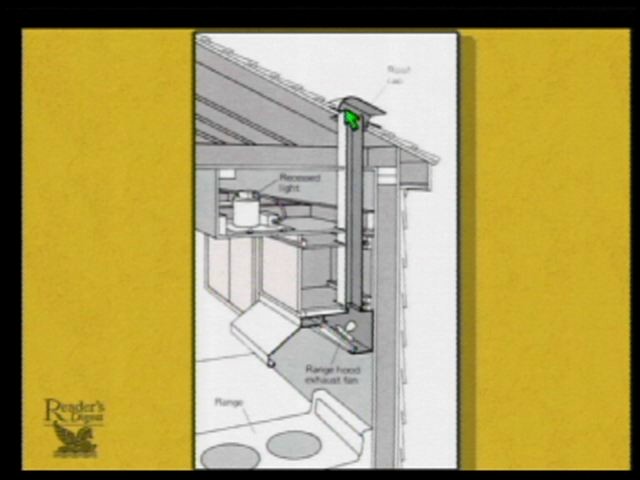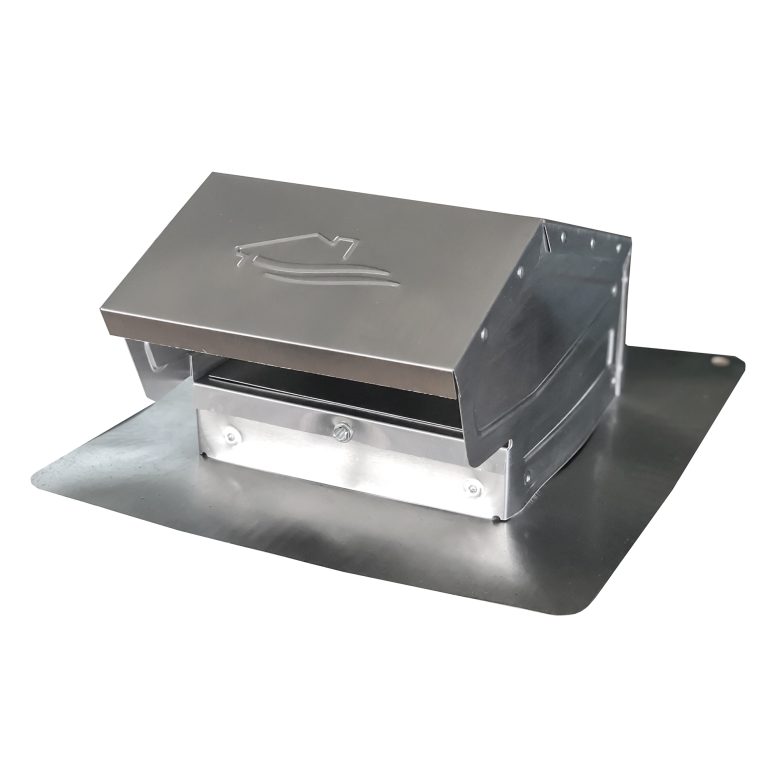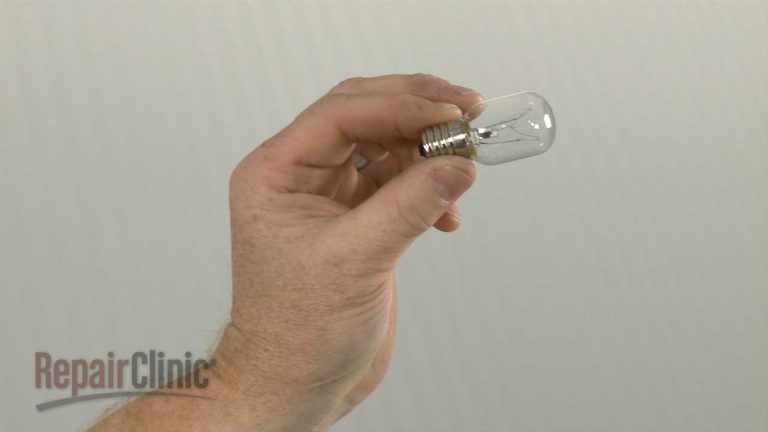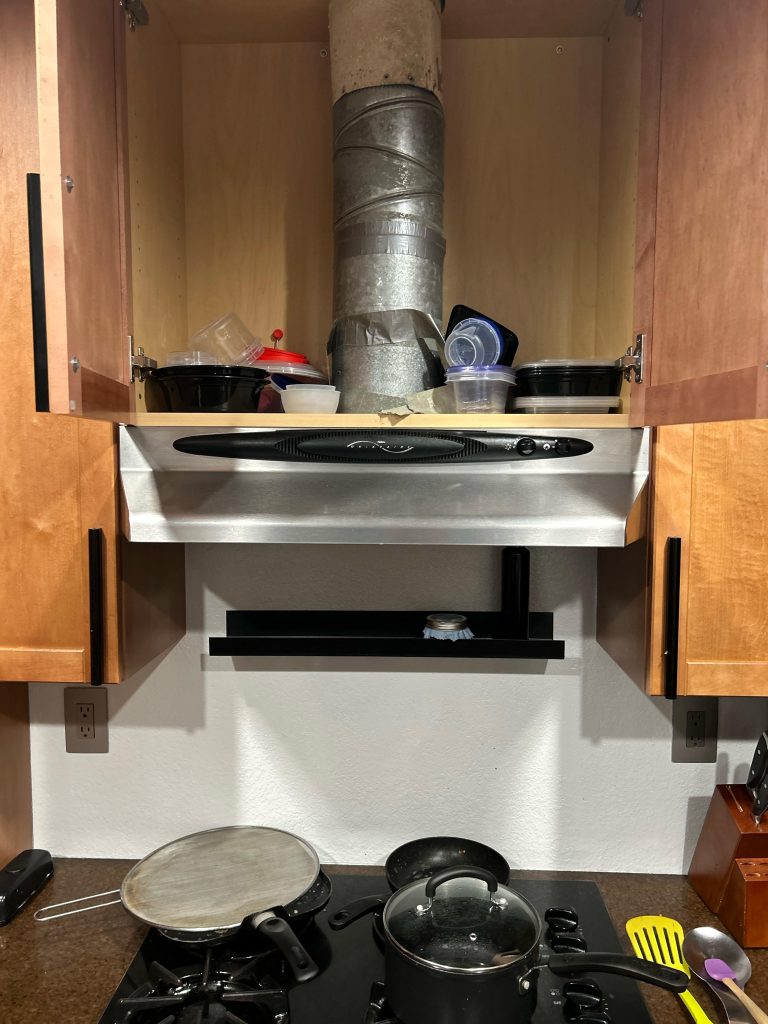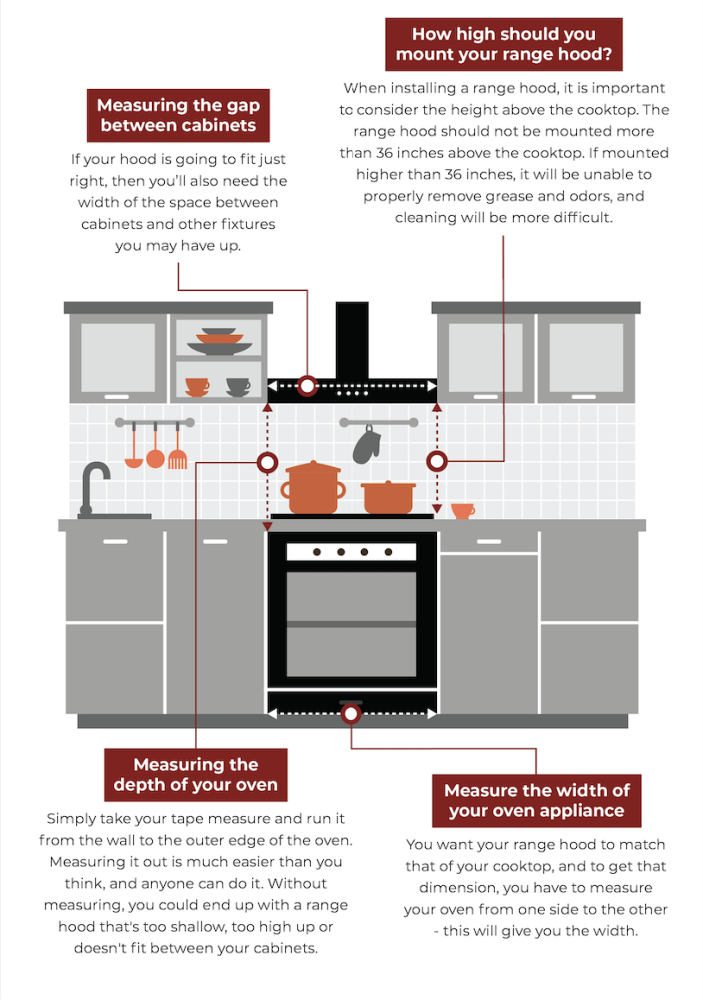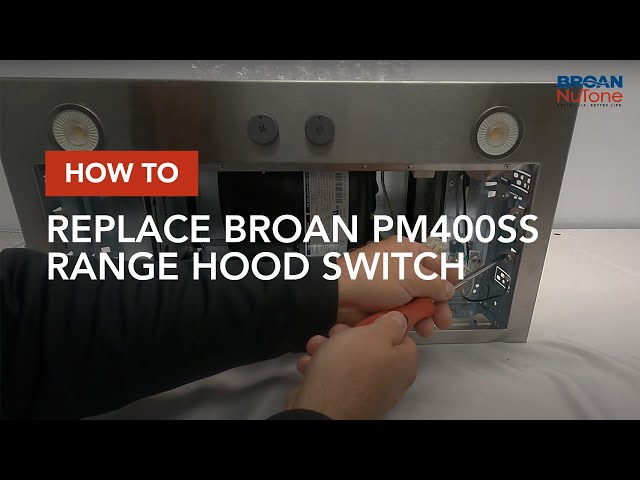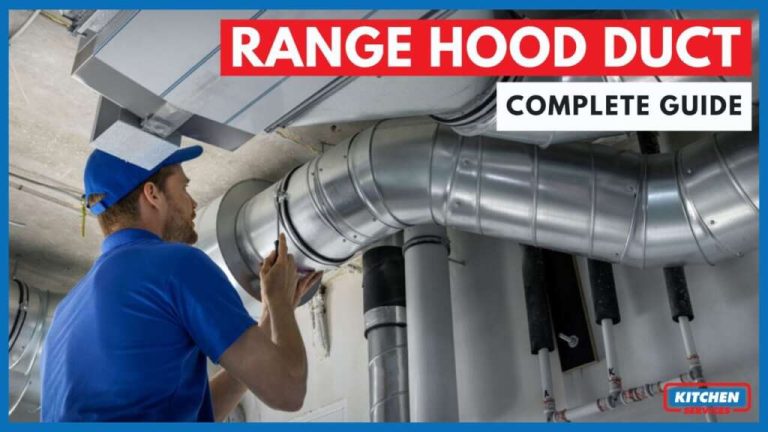To vent a range hood through the attic, first, use a duct that meets local codes. Ensure the duct ends with a roof cap to prevent water entry.
Proper ventilation is crucial for kitchen safety and air quality. A range hood helps eliminate smoke, odors, and excess moisture. Venting through the attic can be an effective solution if done correctly. It keeps your kitchen airy while directing unwanted air outside.
This process involves careful planning and the right materials. Proper installation prevents issues like leaks and backdrafts. Understanding the steps involved ensures a smooth operation, maximizing the efficiency of your range hood. A well-ventilated kitchen contributes to a healthier home environment and enhances cooking experiences.
Assessing Your Kitchen Layout
Start by assessing your kitchen layout. The location of your range hood is crucial. It should be over the cooking area for best results. Measure the distance from the stove to the ceiling.
Next, identify the duct path through the attic. Ensure it leads directly to the outside. Check for any obstacles like beams or electrical wires. A straight path is the most efficient. Use insulated ducting to reduce heat loss.
Consider the length of the duct. Longer ducts may reduce airflow. Aim for the shortest route possible. Proper planning will help improve your range hood’s performance.
Tools And Materials Needed
To vent a range hood through the attic, gather the right tools and materials. Here is a list of essential tools:
- Drill with bits
- Screwdriver set
- Measuring tape
- Hood vent kit
- Duct tape
- Insulation for ducts
Safety gear is important during installation. Use the following precautions:
- Wear gloves to protect your hands.
- Use goggles to shield your eyes.
- Wear a mask to avoid inhaling dust.
- Ensure good ventilation in the workspace.
Preparation Before Installation
Begin by clearing the workspace. Remove any obstacles around the area. This makes the installation process easier and safer.
Next, focus on measuring and marking for ductwork. Use a measuring tape to find the right lengths. Mark these spots clearly to avoid mistakes later. Accurate measurements ensure the duct fits well.
Check for any obstructions in the attic. Make sure there are no wires or pipes in the way. This helps prevent issues during installation. Always prioritize safety while working in tight spaces.

Credit: m.youtube.com
Cutting The Vent Hole
Start by measuring the size of your vent duct. Use a pencil to mark the area on the ceiling. Make sure the marks are even and straight. Use a drill to create a small hole in the center. This will help guide your saw.
Carefully cut along the marked lines with a jigsaw. Always wear safety goggles and a mask to protect yourself. After cutting, check for any sharp edges. Smooth them out with a file.
Once finished, clean up the area. Use a vacuum to remove any dust. This will keep your workspace safe and tidy.
Installing The Ductwork
Installing ductwork for a range hood needs careful attention. First, secure the duct sections tightly. Use metal screws to connect each part securely. This prevents any air leaks.
Next, focus on ensuring airtight seals. Use aluminum foil tape for the best results. Avoid using regular duct tape, as it may not last long. Make sure all joints are properly sealed. Check for gaps and cover them well. This will improve the range hood’s performance.
Attaching The Range Hood
Start by ensuring the range hood is securely mounted to the wall. Use the proper screws and anchors for stability. Check the manufacturer’s instructions for specific mounting details. Make sure the hood is level and flush with the wall.
Next, connect the hood to the ductwork. Use the right duct size to prevent airflow problems. Apply duct tape to seal all connections tightly. This helps in maintaining the efficiency of the range hood. Ensure no gaps or leaks exist in the duct system.
Routing Through The Attic
Routing a range hood through the attic requires careful planning. First, identify the trusses and joists. These are important for proper installation. Use a stud finder to locate them easily. Mark the positions clearly on the ceiling.
Next, create a path for the ductwork. Cut holes in the ceiling, avoiding any obstructions. Make sure to follow local building codes. This ensures safety and efficiency.
Insulating the ductwork is crucial. Proper insulation prevents heat loss and condensation. Use flexible insulation or duct wrap for the best results. Secure it tightly around the duct.
Check for any air leaks. Seal joints with duct tape or mastic. This improves airflow and keeps the kitchen ventilated.
Exterior Vent Installation
Choosing the right vent cap is crucial for proper airflow. Look for a cap that is weatherproof and durable. A good cap prevents rain and snow from entering the duct. It should also keep out pests and debris.
Sealing is important to avoid leaks. Use high-quality caulk or sealant to secure the vent cap. This will help keep your attic dry and free from moisture. Regularly check for any gaps or damages. Proper maintenance ensures long-lasting performance.
Final Steps And Testing
Start by inspecting all connections for air leaks. Look for gaps around ducts. Use duct tape or sealant to fix any leaks. This step ensures your range hood works well.
Next, perform functionality tests. Turn on the range hood to check the fan. It should run smoothly without any strange noises. Test the lighting to ensure it works properly.
Check the airflow by feeling for strong drafts. This shows that the range hood is venting correctly. Make sure to check all controls to ensure they respond well.

Credit: diy.stackexchange.com
Maintenance Tips
Regular cleaning keeps your range hood working well. Clean filters every month to avoid buildup. Use warm, soapy water for effective results. Wipe the exterior with a damp cloth regularly.
If the range hood makes strange noises or does not work, seek help. A professional can check for issues. Regular maintenance helps avoid costly repairs.
| Signs to Seek Help | Description |
|---|---|
| Unusual Noises | Grinding or rattling sounds indicate problems. |
| Poor Airflow | Weak suction suggests a blockage or malfunction. |
| Frequent Breakdowns | Regular issues mean a deeper problem needs fixing. |
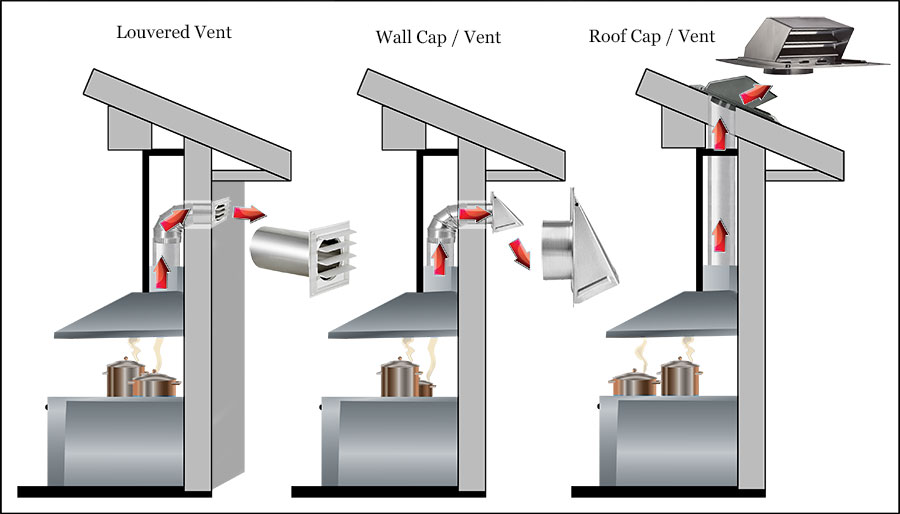
Credit: www.lambro.net
Frequently Asked Questions
How Do I Install A Range Hood Vent Through The Attic?
To install a range hood vent through the attic, start by measuring the distance from the hood to the outside. Use ductwork that meets local building codes. Securely attach the ducting to the hood and ensure a proper slope for airflow.
Lastly, seal all joints to prevent leaks.
What Materials Are Needed For Venting A Range Hood?
You’ll need ductwork, clamps, screws, and insulation for venting a range hood. Use rigid metal ducts for efficiency. Additionally, you may require a vent cap for the exterior. Always check local codes for specific material requirements to ensure compliance.
Can I Vent A Range Hood Into The Attic?
No, venting a range hood into the attic is not recommended. Doing so can lead to moisture buildup and mold growth. Instead, always vent to the outside to ensure proper ventilation. This will maintain air quality and prevent damage to your home.
What Is The Best Duct Size For Range Hoods?
The best duct size for range hoods is typically 6 to 8 inches in diameter. This size ensures optimal airflow while minimizing noise. Always refer to the manufacturer’s specifications for your particular model. Using the right size will improve performance and efficiency.
Conclusion
Venting your range hood through the attic can improve kitchen air quality. It’s essential to follow proper installation techniques for safety and efficiency. Regular maintenance ensures optimal performance. With the right tools and knowledge, you can tackle this project confidently.
Enjoy a fresher kitchen environment while cooking your favorite meals!
